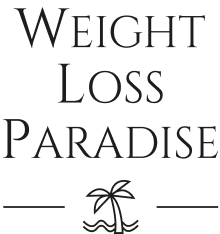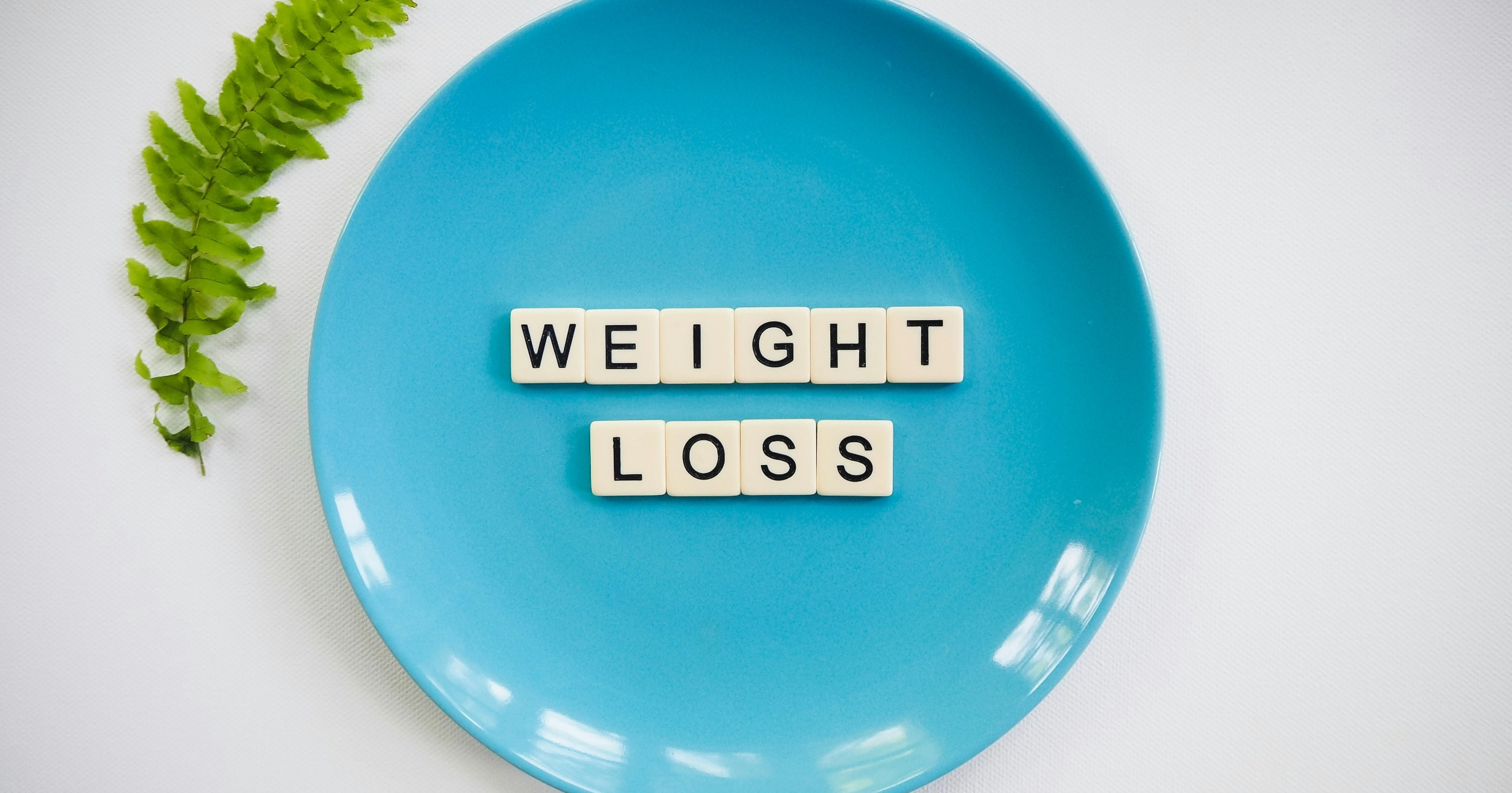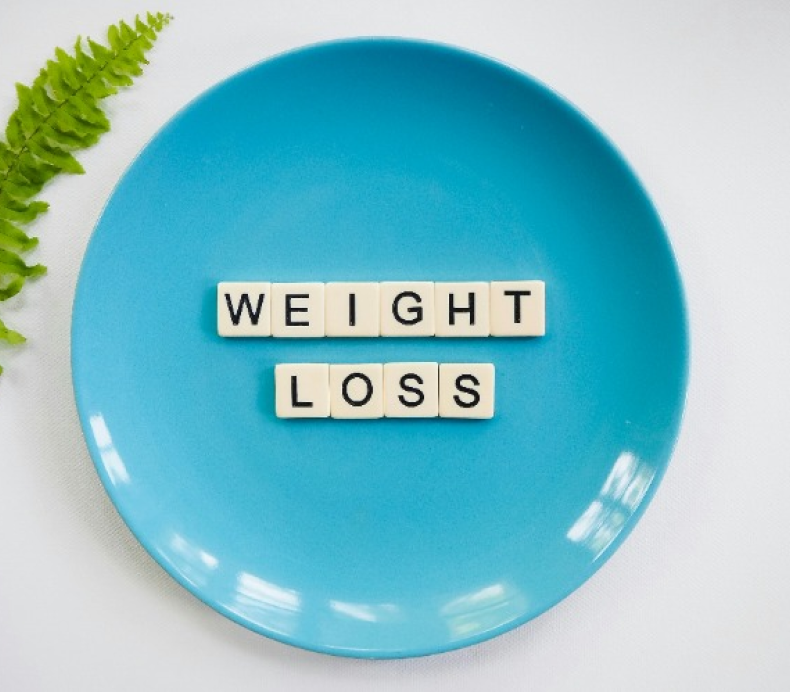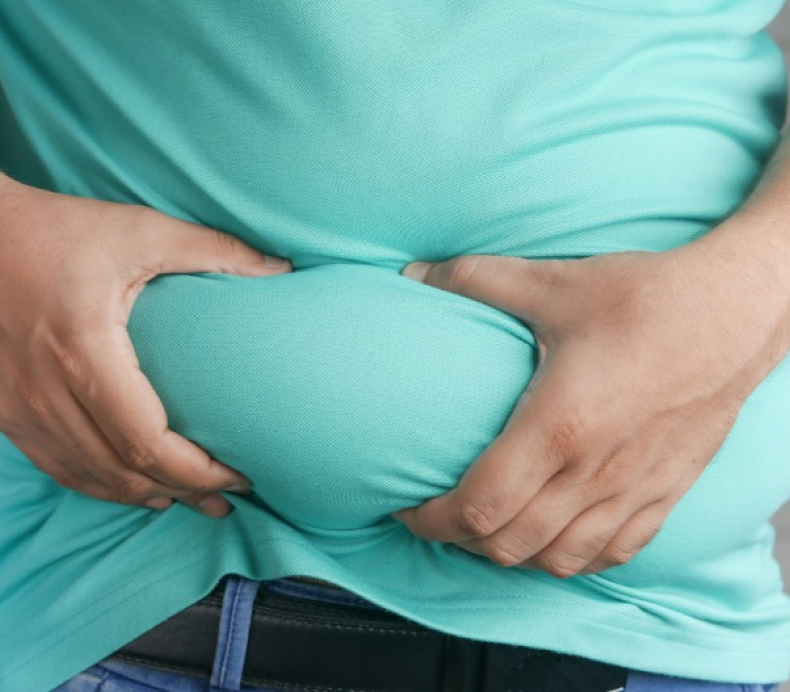
Written by
Mo Nasr

Written by
Mo Nasr
When it comes to weight loss, the idea of spending countless hours in the gym can feel daunting. What if we told you there’s a way to shed pounds effectively without ever stepping into a fitness center? The secret lies in macro-based meals, a proven approach to weight loss that focuses on the food you eat rather than the time you spend exercising. In this guide, we’ll explore how macro-based meals can help you achieve your weight loss goals while enjoying delicious, satisfying food.
“When it comes to weight loss, the idea of spending countless hours in the gym can feel daunting”
What Are Macros?
Macros, short for macronutrients, are the three primary nutrients your body needs to function:
Protein: Builds and repairs tissues, including muscles. Carbohydrates: Provides energy for daily activities and bodily functions. Fats: Supports hormone production and absorbs essential vitamins.
By understanding and balancing your macros, you can tailor your diet to meet your weight loss goals without feeling deprived.
Why Macro-Based Meals Work for Weight Loss
Unlike restrictive diets, macro-based eating focuses on flexibility and balance. Here’s why it’s effective:
Personalized Nutrition: Macro plans are tailored to your unique needs, considering factors like age, weight, activity level, and goals. Sustainable Eating: You can enjoy a wide variety of foods while staying within your macro limits. Focus on Quality: Encourages nutrient-dense, whole foods over empty calories. No Deprivation: Allows for occasional indulgences, making it easier to stick to your plan long-term.
How to Calculate Your Macros
To get started with macro-based meals, you’ll need to determine your ideal macronutrient ratio. Follow these steps:
1. Calculate Your Total Daily Energy Expenditure (TDEE)
Your TDEE is the number of calories you burn daily, including both resting and active energy expenditure. Use an online TDEE calculator or the following formula:
For Women: BMR = (10 × weight in kg) + (6.25 × height in cm) - (5 × age) - 161For Men: BMR = (10 × weight in kg) + (6.25 × height in cm) - (5 × age) + 5
Multiply your BMR by an activity factor to estimate your TDEE.
2. Set Your Calorie Deficit
To lose weight, consume fewer calories than your TDEE. A deficit of 500-750 calories per day is a safe and effective range for most people.
3. Determine Your Macro Ratios
Common macro splits for weight loss include:
40% Protein, 30% Carbohydrates, 30% Fats30% Protein, 40% Carbohydrates, 30% Fats
Adjust these ratios based on your preferences and goals.
Building Macro-Based Meals
1. Start with Protein
Protein is the cornerstone of macro-based meals, keeping you full and preserving muscle mass during weight loss. Include sources like:
Chicken, turkey, and lean beefFish and seafoodEggs and egg whitesPlant-based options like tofu, tempeh, and legumes
2. Choose Healthy Carbohydrates
Carbs fuel your body and brain. Opt for complex carbohydrates such as:
Whole grains (quinoa, brown rice, oats)Sweet potatoes and other starchy vegetablesFruits like berries, apples, and bananasLegumes and lentils
3. Incorporate Healthy Fats
Fats are essential for overall health. Include sources like:
AvocadosNuts and seedsOlive oil and coconut oilFatty fish like salmon and mackerel
4. Add Vegetables for Volume and Nutrients
Non-starchy vegetables are low in calories and high in fiber, making them perfect for weight loss. Include options like:
Leafy greens (spinach, kale, arugula)Broccoli, cauliflower, and Brussels sproutsBell peppers, zucchini, and cucumbers
5. Measure and Track Your Portions
Use a food scale or measuring cups to ensure accurate portion sizes. Track your meals using apps like MyFitnessPal or Cronometer to stay within your macro goals.
Benefits of Macro-Based Meals Without Exercise
While exercise has numerous health benefits, weight loss primarily depends on a calorie deficit. Here’s why macro-based eating works even without gym sessions:
Energy Balance: Eating the right amount of calories and macros ensures your body burns fat for energy.Improved Metabolism: A high-protein diet can boost your metabolic rate and reduce hunger.Consistency: Focusing on food alone makes it easier to stick to your weight loss plan.
Tips for Success
1. Plan Your Meals in Advance
Meal prepping ensures you always have macro-friendly options on hand, reducing the temptation to stray from your plan.
2. Stay Hydrated
Drinking plenty of water supports digestion, curbs hunger, and aids in overall health.
3. Monitor Progress
Track your weight, measurements, and how you feel to ensure your macro plan is working. Adjust as needed.
4. Allow Flexibility
Don’t stress over occasional indulgences. Enjoy your favorite treats in moderation while staying mindful of your overall macros.
Common Mistakes to Avoid
Neglecting Fiber: Include high-fiber foods to support digestion and keep you full.Overeating Healthy Foods: Even nutrient-dense foods can lead to weight gain if consumed in excess.Skipping Meals: Consistency is key. Stick to your planned meals and snacks.
Conclusion
Losing weight without stepping into a gym is entirely possible with the power of macro-based meals. By understanding your macronutrient needs, building balanced meals, and staying consistent, you can achieve your weight loss goals while enjoying delicious, satisfying food. Ready to take control of your health? Start your macro journey today and watch the results unfold.






